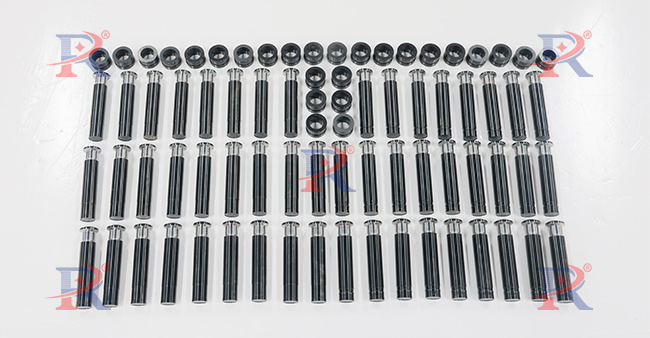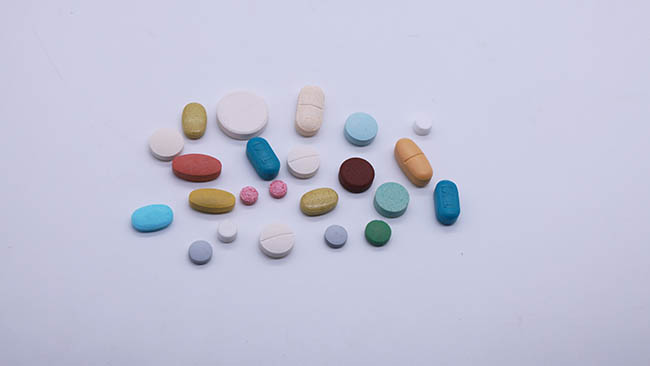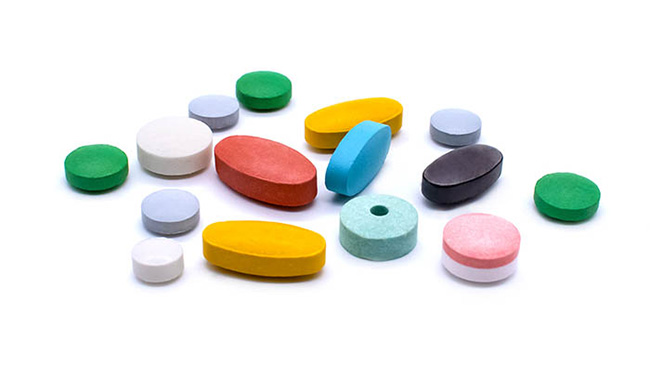ভূমিকা
In the pharmaceutical, tablets and capsule packing very important in ensuring the safety, efficacy, and longevity. From the manufacturing floor to the patient’s hands, the packaging process undergoes meticulous planning and execution to maintain the integrity of the medication and provide a seamless user experience.
In this comprehensive guide, we’ll delve into the intricate world of medicine packaging, exploring the various methods, materials, and best practices that govern this essential aspect of the pharmaceutical industry. Whether you’re a healthcare professional, a budding entrepreneur in the medical field, or simply curious about the inner workings of medication packaging, this article will provide you with a deeper understanding of this fascinating topic.
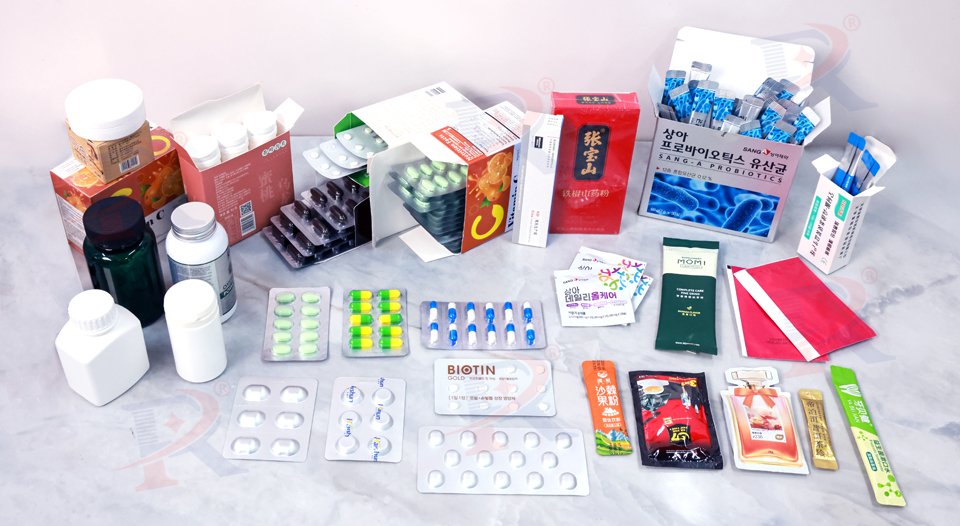
The Importance of Proper Medicine Packing
Packaging is more than just a protective layer for capsules and tablets; it serves as the first line of defense against a multitude of challenges. From environmental factors to tampering and counterfeiting, the packaging of pharmaceuticals must be designed to safeguard the product’s potency, purity, and accessibility.
Types of Medicine
The world of medicinie packing is diverse, with a wide range of materials and techniques employed to meet the specific needs of different pharmaceutical products. The following are common medicine packing:
Blister Packing
Blister packaging is the most common way of packaging medicines. Tablets and capsules are put into the feeder, and then put into the formed blisters in order, heat-sealed, and punched into aluminum-plastic plates of the same size. Blister packs offer excellent protection against moisture, light, and tampering, ফোস্কা প্যাকিং মেশিন machine becomes an important machine for pharmaceutical packaging.
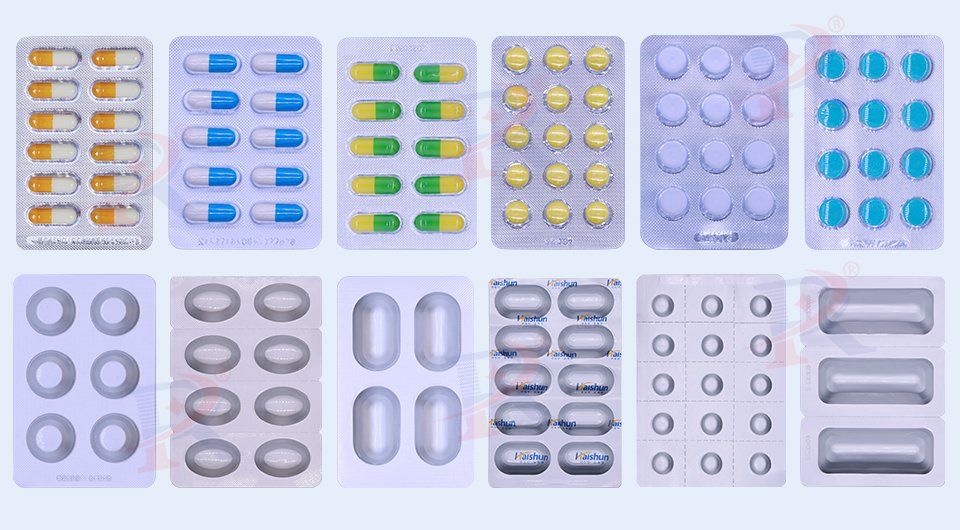
Bottles
Bottles typically made of plastic or glass, provide a straightforward and versatile packaging solution. These containers offer easy access to the medication and can accommodate a range of tablets or capsules sizes and quantities. Bottles are often equipped with child-resistant closures and desiccant packets to maintain product stability. The বোতলজাতকরণ লাইন গণনা করুন is the only solution for bottled medicines.
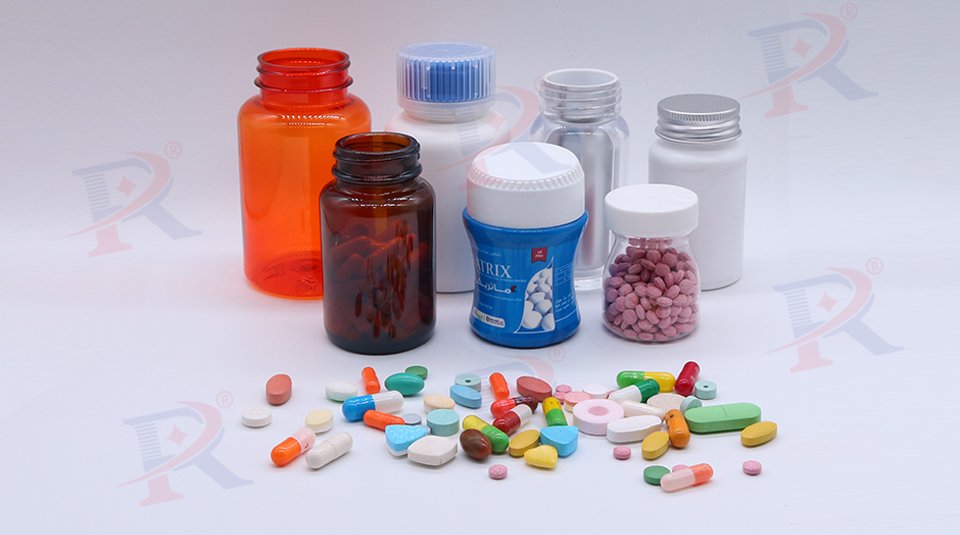
Sachets and Pouches
For powdered or granular medications, sachets and pouches serve as an effective packaging option. These single-dose containers, typically made of laminated foil or paper, protect the product from environmental factors and facilitate easy and accurate dosing. The sachet packing machine can easily complete the bagging function.
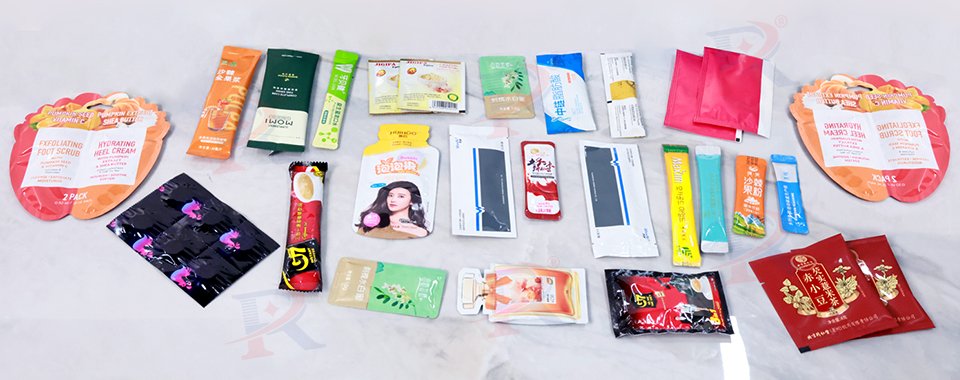
Packaging Materials and Considerations
The choice of packaging materials is a crucial aspect of the pill packaging process, as it directly impacts the product’s stability, safety, and overall quality.
Plastic
Plastics are widely used in pharmaceutical packaging because of their low cost. Common plastic options include polyvinyl chloride (PVC), polypropylene (PP), and polyethylene (PE). Plastics offer a range of benefits. However, it’s essential to ensure that the plastic used is compatible with the specific medication and meets regulatory requirements for safety and purity.
Aluminum foil
Aluminum foil is an important component in blister packaging because it has properties such as moisture-proof, anti-oxidation, and light-proof. Foil also contributes to the tamper-evident nature of the packaging, making it a valuable component in ensuring the integrity of the medication.
কাচ
Glass, particularly borosilicate glass, is a common material for some bottle-based medicine packing. Glass offers superior chemical resistance, clarity, and the ability to withstand sterilization processes. However, it can be more fragile than plastic, requiring careful handling and transportation.
Paper and Paperboard
Paper and paperboard are used in various aspects of pill packaging, such as outer cartons, inserts, and sachets. These materials provide a cost-effective and sustainable option for secondary packaging and can be easily printed with important product information.
Packaging Process
The packaging of capsules and tablets is a multi-step process that involves various specialized equipment and procedures.
1. Counting and Packing: Depending on the packaging requirements, the tablets are accurately counted and measured, either manually or using automated counting machines, to ensure the correct quantity is included in each unit.
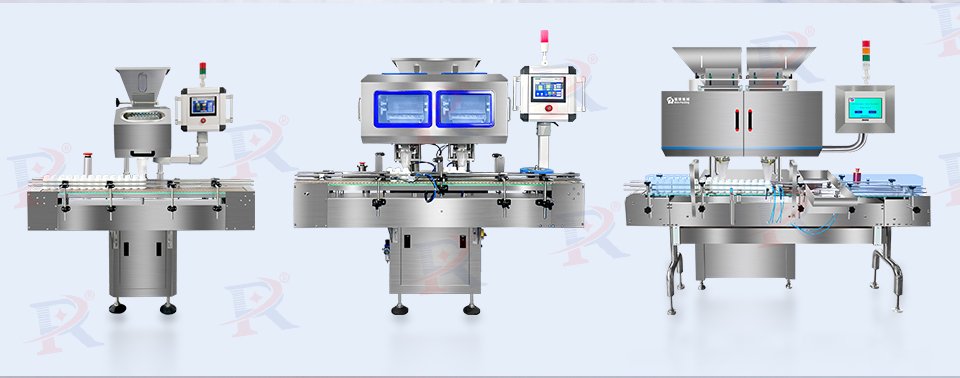
2.Primary Packaging: The counted tablets are then placed into the primary packaging containers, such as blister packs, bottles, or sachets. This step involves the use of specialized machinery and equipment to ensure the proper placement and sealing of the tablets.
3.Secondary Packaging: The primary packaged units are then arranged into larger secondary packaging, such as cartons. This stage may involve the use of cushioning materials to protect the primary packages during transport and storage.
4.Labeling and Identification: Detailed labeling, including batch information, expiration dates, and any necessary warnings or instructions, is applied to the secondary packaging to ensure proper identification and traceability of the product.
5.Inspection and Quality Control: A final inspection is conducted to verify the integrity of the packaging, the accuracy of the labeling, and the overall quality of the packaged product. Any discrepancies are documented, and the product is only released for distribution if it meets all the required specifications.
6.Storage and Distribution: The packaged pills are then stored in a clean, temperature-controlled environment and carefully transported to distribution centers or directly to healthcare facilities, pharmacies, or end-users, depending on the product’s supply chain.
Throughout this process, stringent quality control measures, standard operating procedures, and compliance with relevant regulations are paramount to ensuring the safety, efficacy, and quality of the final pharmaceutical product.
Automation and Technological Advancements
The packaging of capsules and tablets has evolved significantly with the integration of advanced technologies and automation. These innovations have helped to improve efficiency, accuracy, and overall product quality. Some of the key technological advancements in the medicine packaging industry include:
Automated Counting and Filling Machines
Tablet counting and filling machines use precise sensors, optical scanners, and advanced algorithms to quickly and accurately dispense the correct number of pills into primary packaging containers. These automated systems have significantly reduced the risk of counting errors and improved production throughput.
Intelligent Packaging
Emerging smart packaging technologies, such as embedded sensors and radio-frequency identification (RFID) tags, are enabling real-time monitoring of environmental conditions, tamper detection, and enhanced product information sharing throughout the supply chain.
Robotics and Automation
Robotic systems and automated packaging lines have revolutionized the pill packaging process, increasing speed, consistency, and worker safety. These technologies have streamlined tasks like bottle filling, cap application, and secondary packaging, leading to greater efficiency and productivity.
As the pharmaceutical industry continues to evolve, the integration of these advanced technologies will play a crucial role in shaping the future of pill packaging, ensuring the delivery of safe, high-quality medications to patients worldwide.
উপসংহার
The packaging of capsules and tablets is a multifaceted and essential aspect of the pharmaceutical industry, serving as a vital link between the manufacturing process and the end-user.
By understanding the various types of packaging, the selection of materials, the design considerations, and the technological advancements in this field, we can appreciate the level of care and attention that goes into the packaging of the medications we rely on.
Whether you’re a healthcare professional, a pharmaceutical manufacturer, or simply a curious individual, this comprehensive guide has provided you with a deeper understanding of the intricacies and significance of medicine packaging. By staying informed and embracing the latest developments in this field, we can collectively work towards a future where the packaging of capsules and tablets contributes to the overall wellbeing and safety of patients worldwide.
